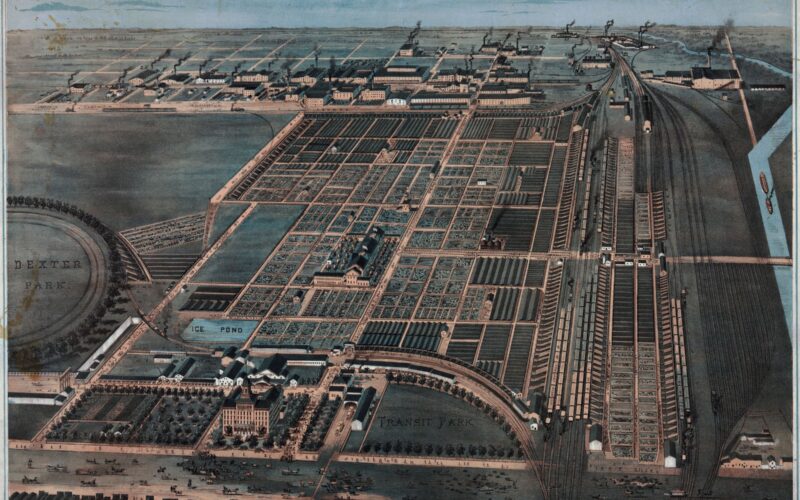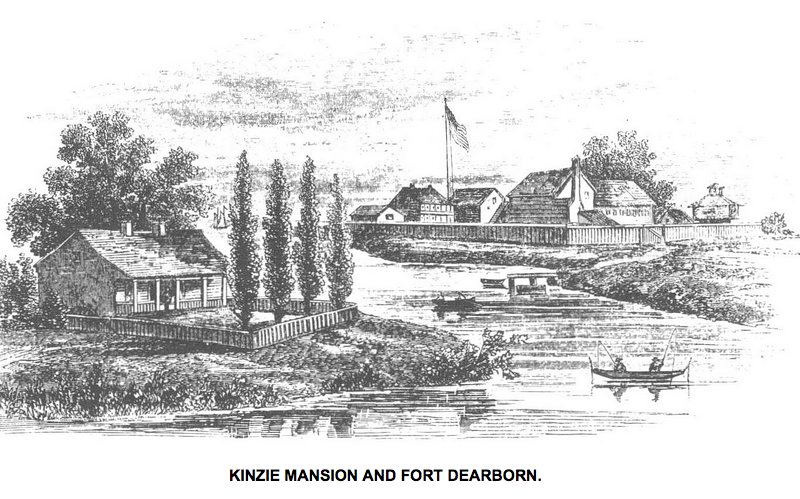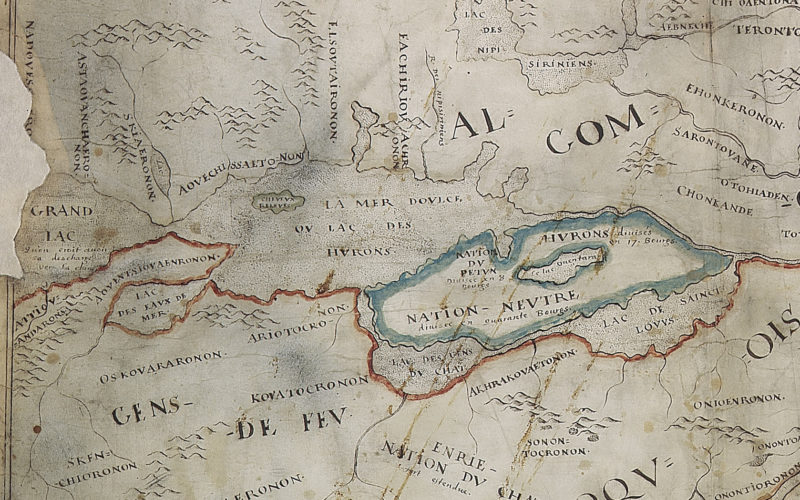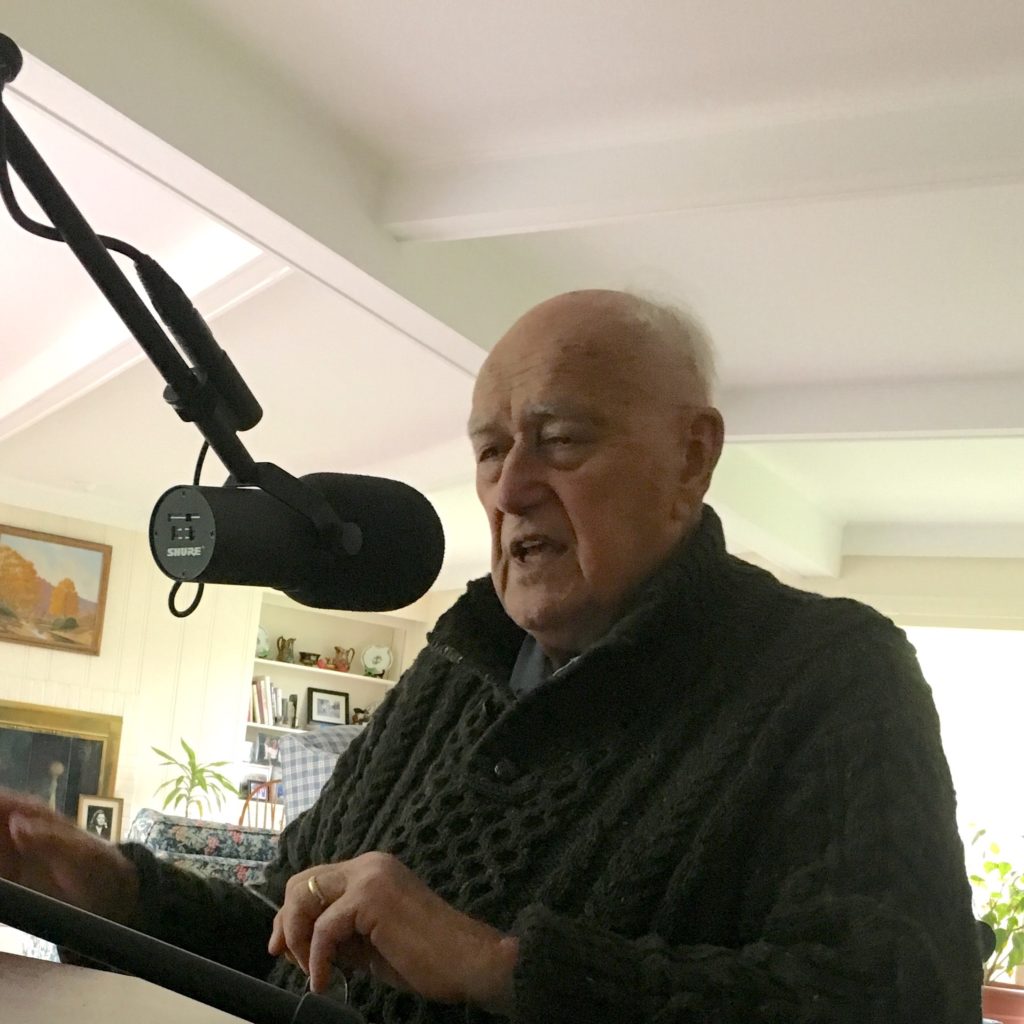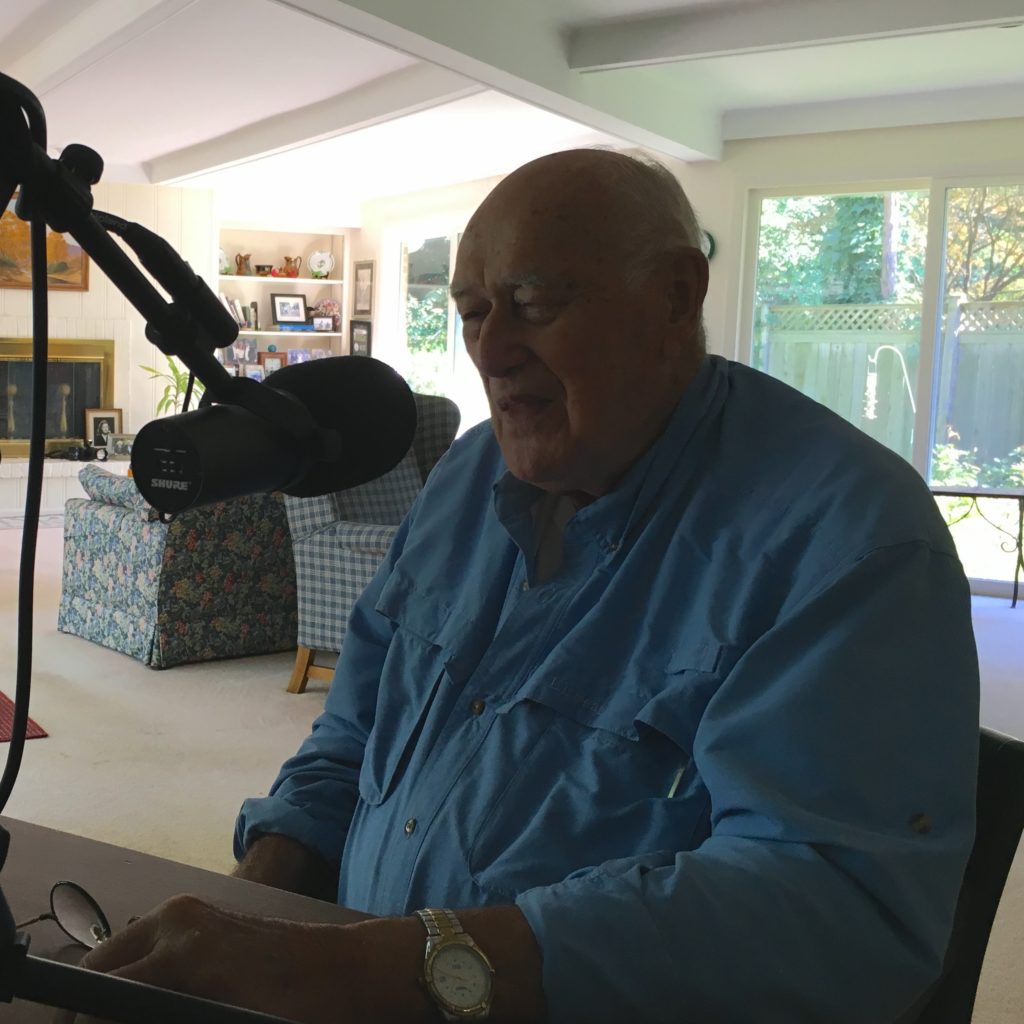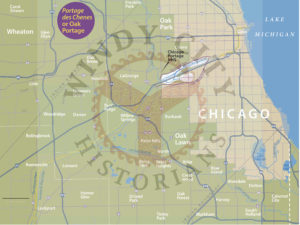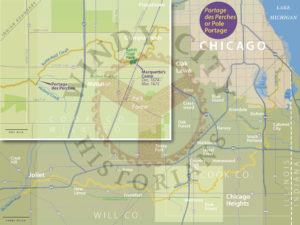Episode 15: The Stockyards
In the Spring of 2020, one of the first cracks in the American economy with Covid-19 was the closing of several meatpacking plants in the United States. The nature of the process with workers stationed in close proximity to one another, poorly ventilated spaces, and often arduous work conditions and practices became a breeding ground for the virus and created Covid hot-spots around the country. Meanwhile, the White House exercising its executive authority via the Defense Production Act ordered slaughterhouses to remain open for fear of disrupting of the nation’s meat supply.
This underbelly of the food chain is often overlooked, yet for more than a century Chicago was largely identified with wholesale slaughter and meat processing thanks to the Union Stock Yard & Transit Company, which opened on Christmas Day 1865. Stockyards and the downstream processing operations would soon become a ubiquitous presence in the economy of the growing metropolis of Chicago, the commerce of the United States, and the world.
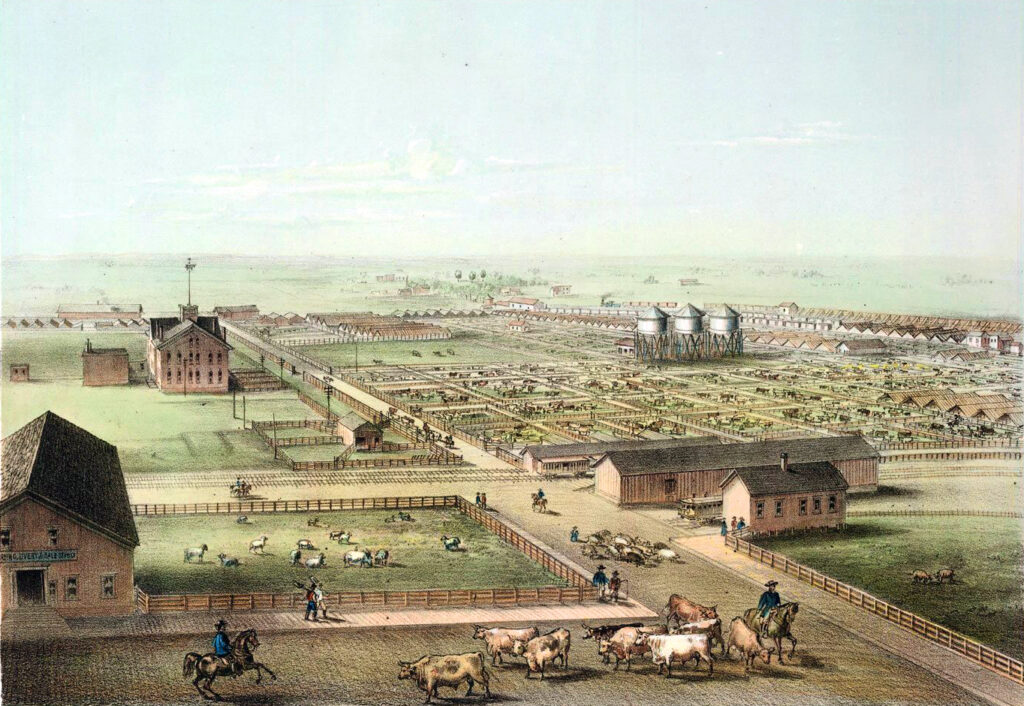
Union Stock Yard from Sept. 1866–Chicago Illustrated 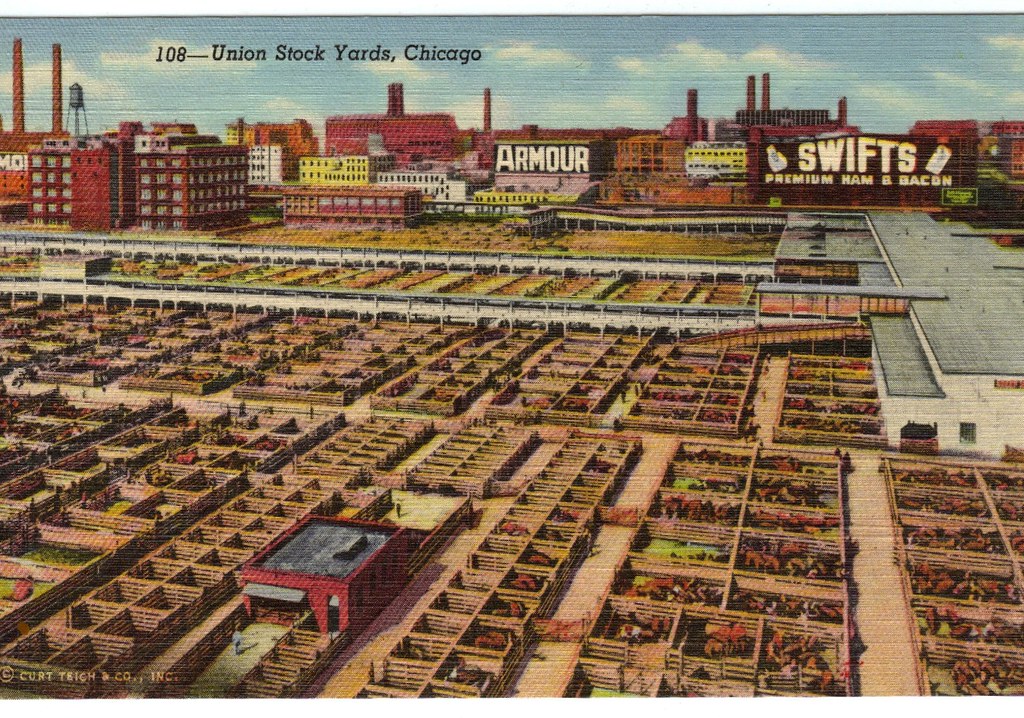
Mid-century postcard of the Stock Yards 
The Stock Yards in 1941
The Union Stock Yard & Transit Company led Carl Sandburg to coin the dubious moniker for Chicago, “Hog Butcher to the World.” Yet these operations provided an important testing ground for great ideas and smart solutions employing many great minds, including civil engineer Octave Chanute (1832-1910) and the architect Daniel Burnham (1846-1912). The Stockyards were a prime tourist attraction in Chicago for the general public and people of note such as authors Rudyard Kipling, who was shocked by it, or Upton Sinclair, who based his novel “The Jungle” on the conditions and worker experiences there. The Yards as locals referred to it spurred additional innovations — for instance the butchering disassembly line inspired Henry Ford to reverse the process to build automobiles which ultimately made them affordable to average Americans.
The Union Stock Yard created huge fortunes and dynasties with names like Armour and Swift, often on the back of worker exploitation, which prompted strife and conflict and influenced the development of labor unions. Great gusts blowing across the prairie turned small fires into great conflagrations on several occasions, and yet the Yards survived for more than a century before meeting its demise to the gradual shift of economic winds. However in its heyday, the Yards was the place to be. Join us in this episode to hear some more great Chicago history as we interview historian Dominic A. Pacyga, author of Slaughterhouse: Chicago’s Union Stock Yard and the World It Made.
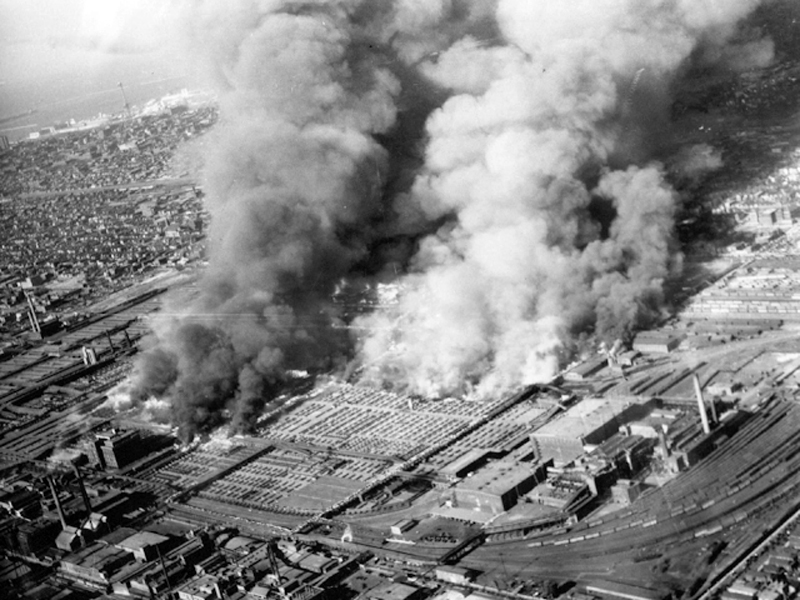
Image from the 1934 Stock Yard Fire 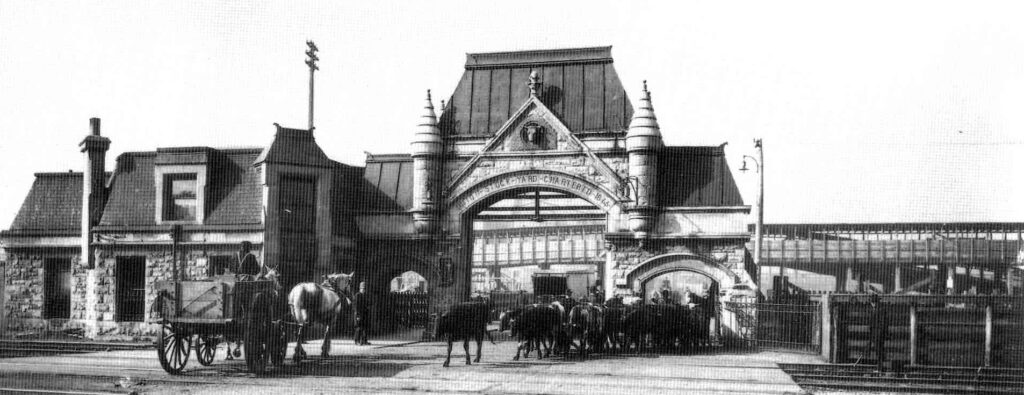
The Union Stock Yard Gate in 1879 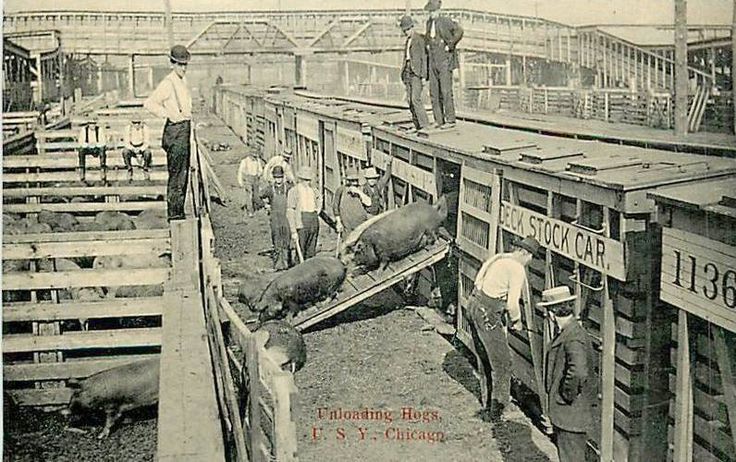
Unloading hogs from Stock Cars in 1912 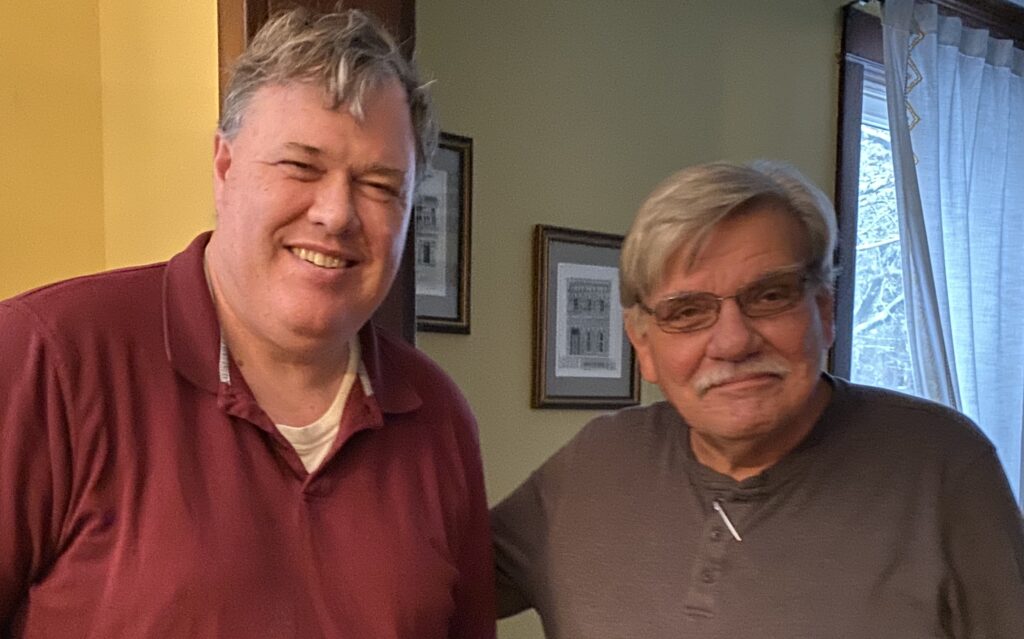
Christopher Lynch & Dominic Pacyga 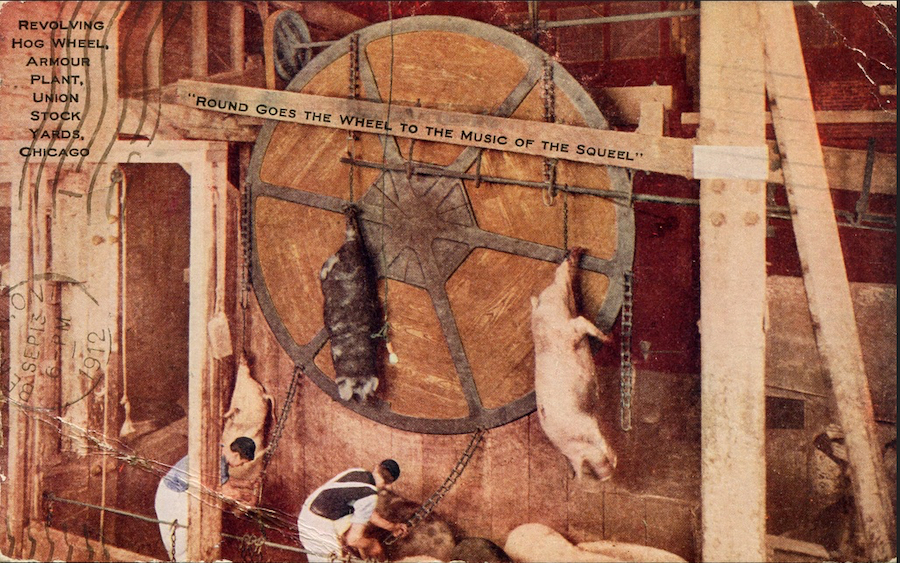
Revolving Hog Wheel at the Armour Plant in 1912 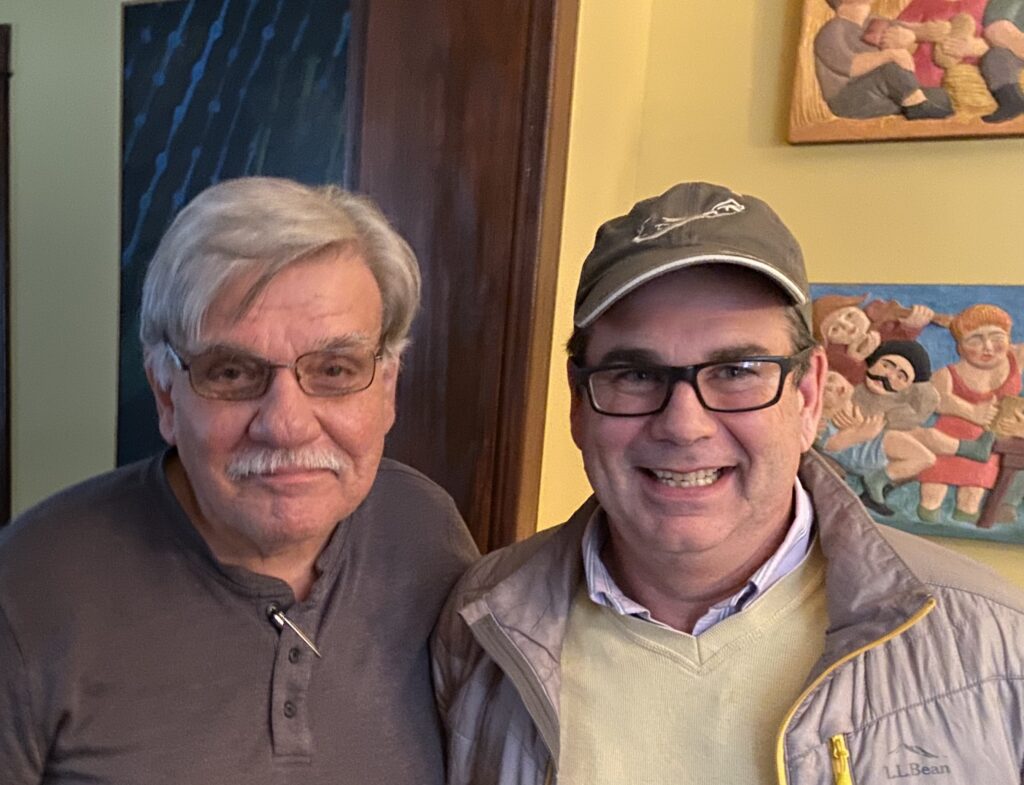
Dominic Pacyga & Patrick McBriarty
Links to Research and Historic Documents
- WTTW Chicago Stories: The Union Stockyards
- American Heritage: 1800s Chicago Union Stockyards
- Collection of images of the Union Stock Yard & Transit Company from the Industrial History website
- Author Dominic Pacyga and his books from the University of Chicago Press
- Dominic Pacyga Shares History of Chicago’s Stockyards in ‘Slaughterhouse’ November 23, 2015 on WTTW
- 1910 Union Stock Yards Fire on Chicagology website
- 1934 Union Stock Yards Fire on Chicagology website
- Chicago Public Art: Union Stockyard Gate
- Packingtown Museum at The Plant in the Back of the Yards neighborhood of Chicago
- “The Jungle” a novel by Upton Sinclair based on the stockyards
- Octave Chanute civil engineer and aviation pioneer

